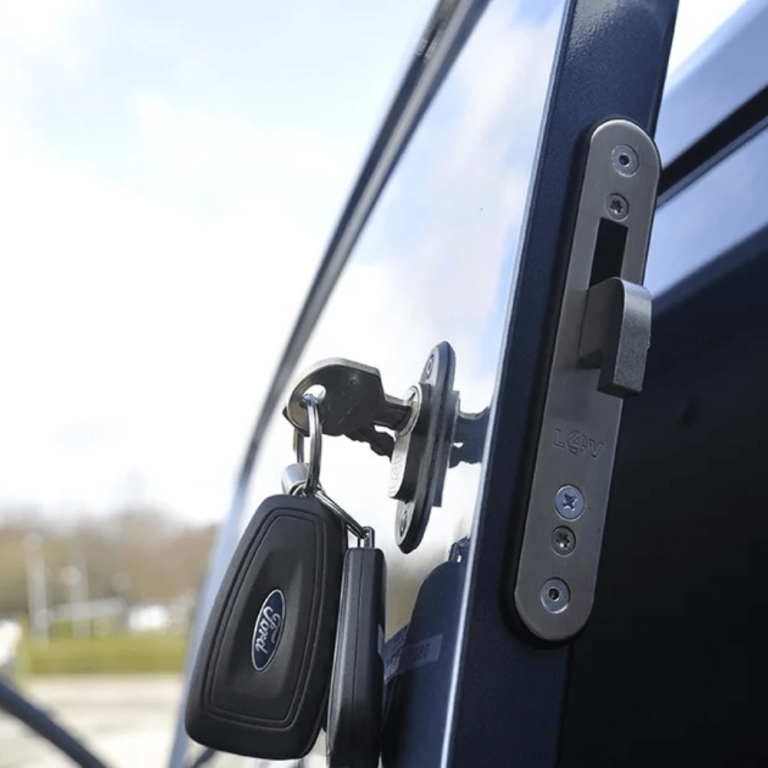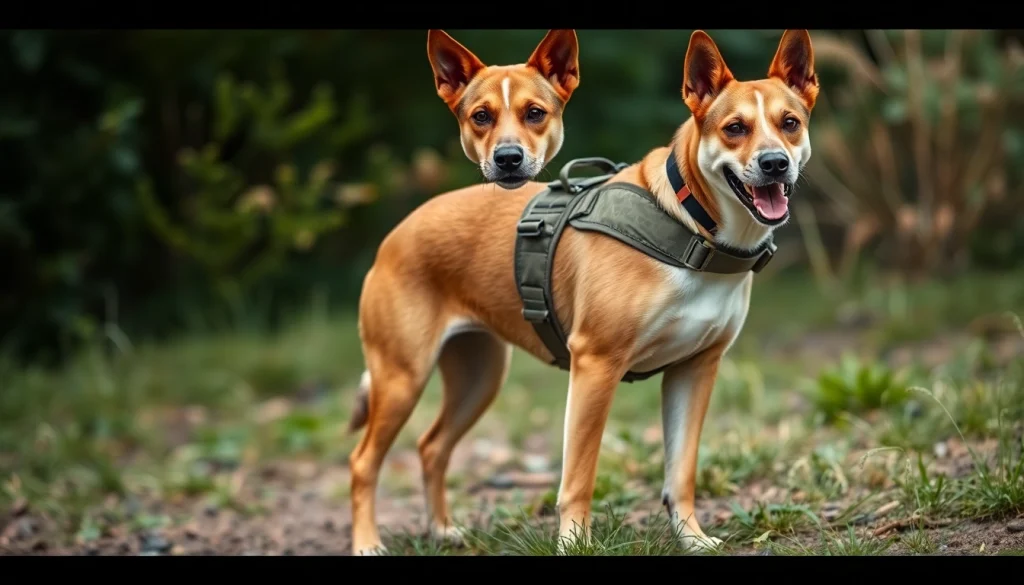Understanding Tactical Dog Harnesses
What Are Tactical Dog Harnesses?
Tactical dog harnesses are robust and versatile harnesses designed specifically for working dogs, service animals, and active pet owners. Unlike standard harnesses, tactical harnesses are built to provide not just basic support, but also strategic functionality, making them ideal for training, outdoor adventures, and various dog sports. Typically made from high-quality, durable materials, these harnesses often feature extra attachments for gear, enhanced control handling options, and excellent weight distribution for the comfort of the dog.
Why Choose a Tactical Dog Harness?
The primary reason to opt for a tactical dog harness is its superior functionality compared to traditional harnesses. These harnesses are tailored for active lifestyles, allowing the owner to manage the dog more effectively in challenging situations. For example, if you’re engaging in hiking, biking, or training, a tactical dog harness can enhance both safety and control. Additionally, the strong construction ensures that they withstand wear and tear, making them a long-term investment for dog owners who prioritize durability and performance. Many dog owners also find that the tactical dog harness assists in teaching their dogs to focus and follow commands during exercises.
Key Features to Look For
When selecting a tactical dog harness, there are several key features that should be prioritized:
- Material Quality: Opt for harnesses made from high-quality, tear-resistant fabrics to withstand rigorous use.
- Adjustability: A well-fitting harness should have multiple points of adjustment to accommodate your dog’s unique body shape and ensure comfort.
- Attachment Points: Look for harnesses with multiple D-ring attachment points for leashes, as well as Velcro patches for ID and morale patches.
- Padding and Design: Enough padding can prevent chafing and discomfort, particularly during long walks or strenuous activities.
- Reflective Elements: For safety during low-light conditions, a harness with reflective strips can enhance visibility.
Benefits of Tactical Dog Harnesses
Comfort and Support for Your Dog
One of the most significant advantages of tactical dog harnesses is the comfort they provide. The ergonomic design distributes pressure more evenly across the dog’s body, reducing strain on the neck and back. This is particularly beneficial for large breeds or those with existing health issues. With padded straps and breathable material, tactical harnesses ensure that dogs can move freely without restricted blood flow, especially during prolonged use.
Enhanced Control During Walks
Another key benefit of using a tactical dog harness is improved control while walking. The design typically features a sturdy handle on the back, allowing for quick adjustments in direction and immediate control in crowded or challenging situations. This is especially useful for service dog handlers or owners in environments with high distractions. A tactical harness also prevents pulling by distributing the force throughout the dog’s body, promoting better leash manners over time.
Durability for Active Lifestyles
Tactical dog harnesses are crafted for durability and resilience, being an excellent choice for dogs that enjoy outdoor adventures or laborious tasks. Made from heavy-duty materials, these harnesses are built to resist wear and tear better than regular harnesses. As they undergo various weather conditions and activities, such as running, hiking, or swimming, you can trust that a tactical harness will maintain its form and function, ensuring your dog’s safety during all activities.
Selecting the Right Size and Fit
Measuring Your Dog for a Perfect Fit
Correct sizing and fit are crucial when choosing a tactical dog harness. Inaccurate measurements can lead to discomfort or reduced effectiveness. Start by measuring the dog’s neck and chest at the widest part of both areas. Additionally, knowing your dog’s length from the base of the neck to the base of the tail is essential. Most manufacturers provide a sizing chart to help you find the perfect fit based on your measurements, so ensure you review this with any potential purchase.
Understanding Harness Types and Their Uses
Various types of tactical harnesses exist, each designed for specific uses. For example, some harnesses are designed for cargo support, equipped with extra pockets for storage, making them suitable for camping or traveling obligations. Others may focus more on training, featuring unique attachments for leashes and equipment for obedience training. Understanding the activities you intend to pursue with your dog will help inform your selection process and ensure you achieve the maximum benefit of the harness.
Common Sizing Mistakes to Avoid
Many novice dog owners frequently make sizing mistakes when selecting a harness. Here are common pitfalls to avoid:
- Not Measuring Twice: A single measurement can lead to inaccuracies. Always measure multiple times for confidence.
- Ignoring Manufacturer Sizing Guidelines: Each brand may have different sizing norms, so adhering to the specific manufacturer’s chart is essential.
- Neglecting to Consider Growth: Particularly for puppies, consider their growth trajectory when selecting a harness to avoid making frequent replacements.
Training Your Dog with a Tactical Harness
Getting Your Dog Used to the Harness
When introducing your dog to a tactical harness, it’s vital to proceed gradually. Start by allowing your dog to sniff and inspect the harness before attempting to put it on. After that, associate the harness with positive experiences by rewarding them with treats and praise during the fitting. Initially, let them wear it for short periods indoors, gradually extending the duration as they become comfortable.
Basic Commands to Reinforce with a Harness
While wearing their harness, it’s an excellent opportunity to reinforce basic commands. Start with commands like “sit,” “stay,” and “heel,” gradually increasing complexity and duration. The added control provided by the harness can help your dog better understand commands, facilitating a smoother training experience. Consistency is key, so practice these exercises during regular walks and training sessions.
Advanced Training Tips for Tactical Use
Once your dog has become accustomed to the harness and mastered basic commands, you can transition into advanced training techniques related to tactical situations. Techniques may include agility training for more complex movements or scent training if you have a working dog. Incorporating real-world scenarios can enhance their adaptability, ensuring they are well-prepared for any situation they might encounter. Consider using various environments, such as parks or busy streets, to simulate experiences they’ll face during actual work or adventures.
Maintaining Your Tactical Dog Harness
Cleaning and Care Tips
To maximize the lifespan of your tactical dog harness, regular cleaning and care are essential. Depending on the material, most tactical harnesses can be washed with mild soap and warm water. Avoid harsh detergents that might degrade the fabric over time. Check if your harness is machine washable, as some models may require hand washing or spot cleaning to maintain integrity.
Inspecting for Wear and Tear
Routine checks for wear and tear are crucial. Frequent use, especially in rugged environments, may lead to signs of fraying seams or scratches that could compromise the harness’s structure. It’s beneficial to inspect the harness after every intense use, ensuring that all straps, buckles, and D-rings remain in working order. This proactive approach mitigates risks during outings and keeps your dog safe and secure.
When to Replace Your Tactical Dog Harness
Understanding when to replace your tactical dog harness is vital for maintaining your dog’s safety. Look for key signs such as significant wear, broken straps, or a change in fit that can no longer be adjusted. Regularly replacing harnesses is recommended if you notice any decline in quality, as over time, wear and tear can lead to harness failure during critical moments. Investing in a high-quality tactical dog harness can often lead to fewer replacements, ensuring your dog has reliable gear for longer periods.





